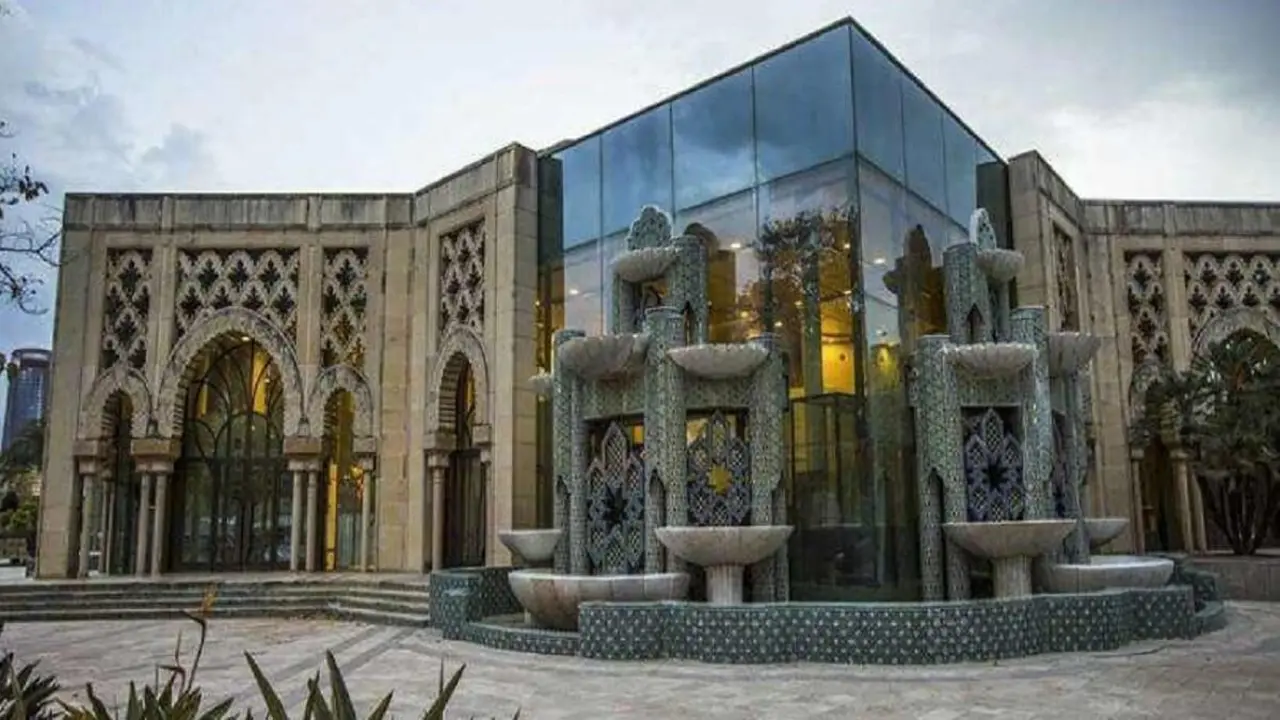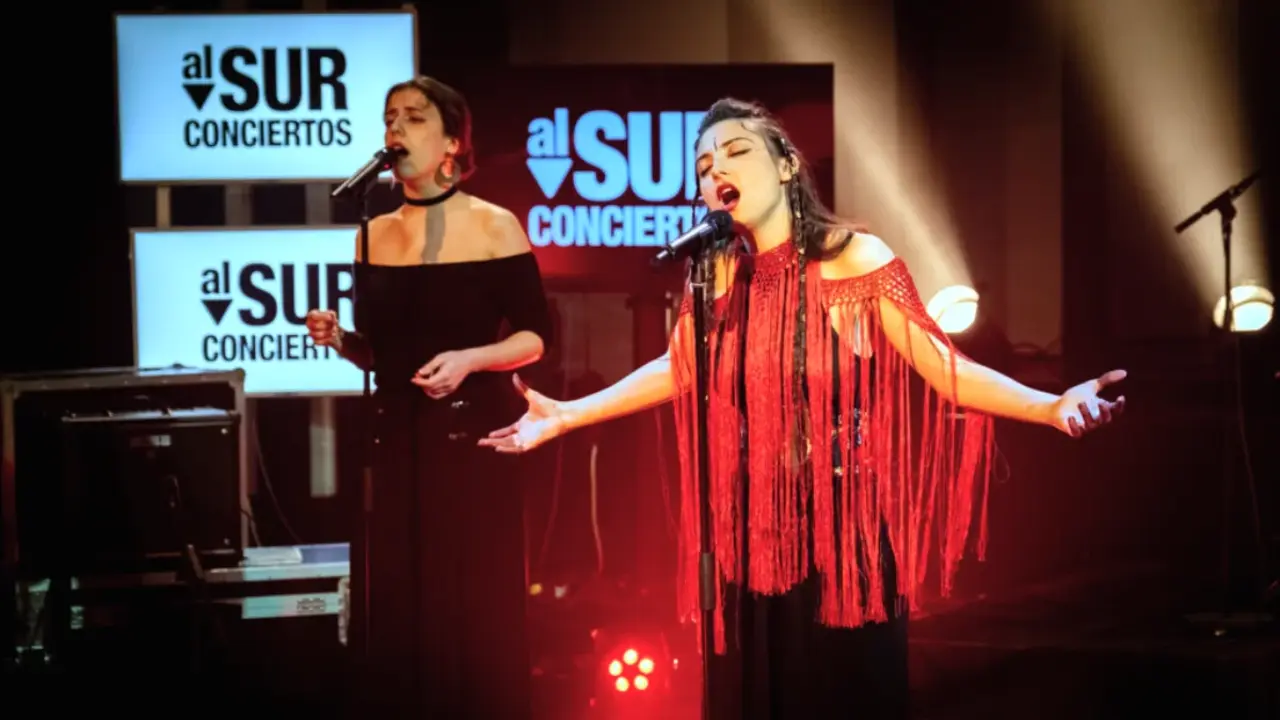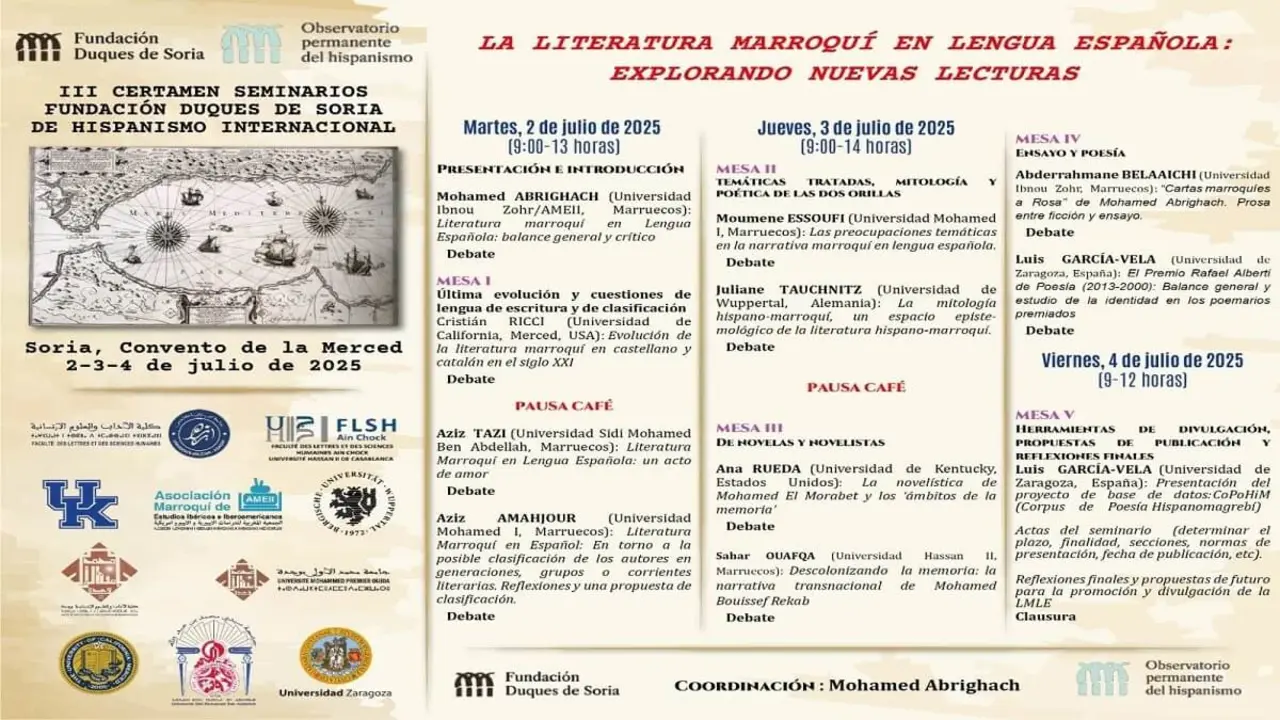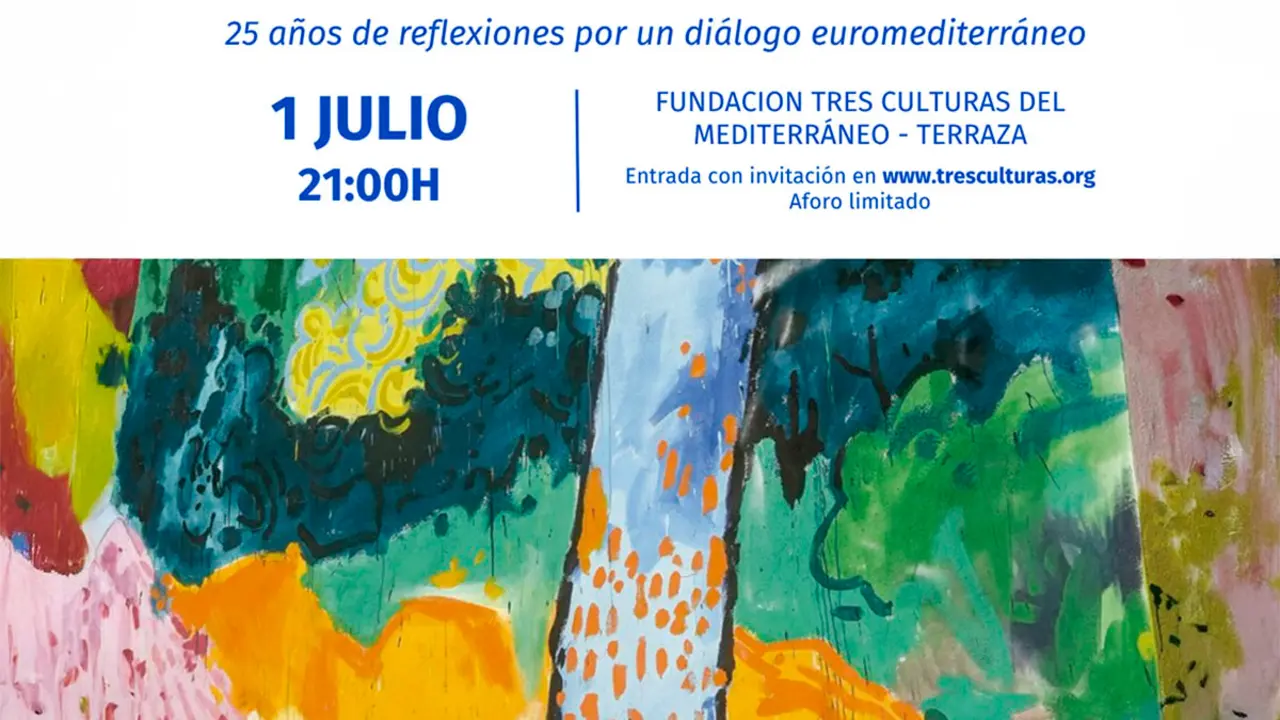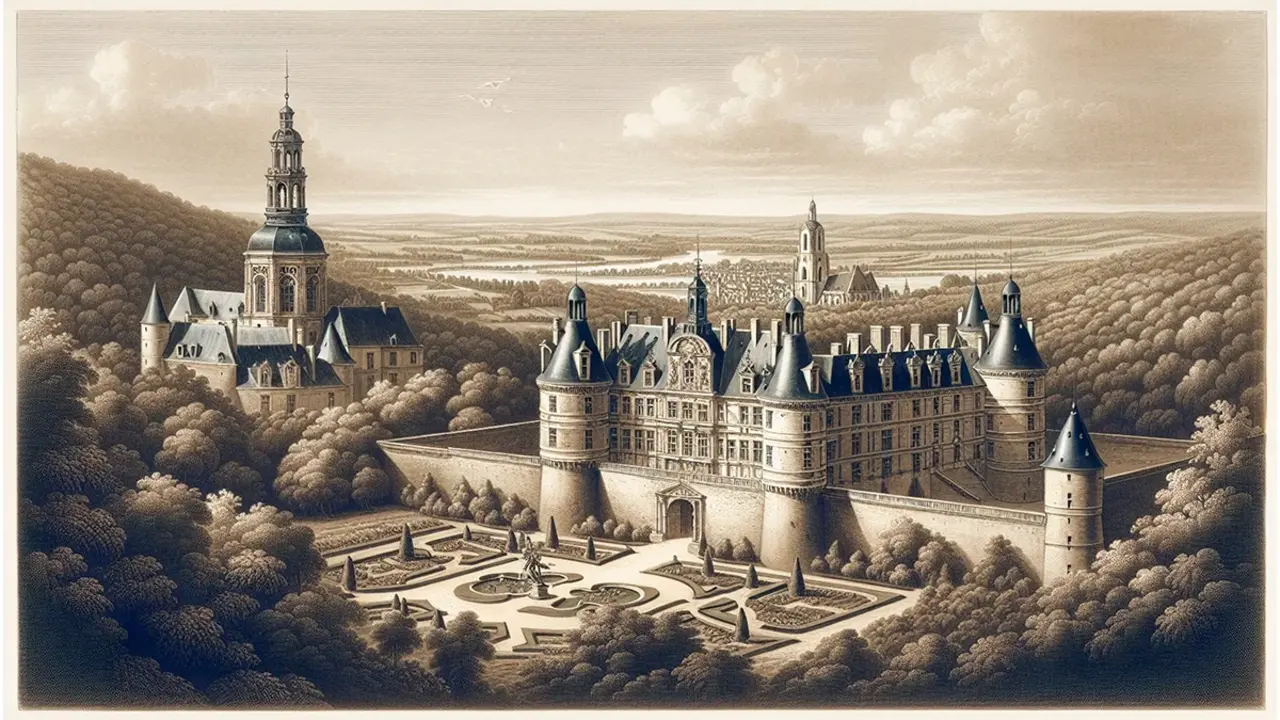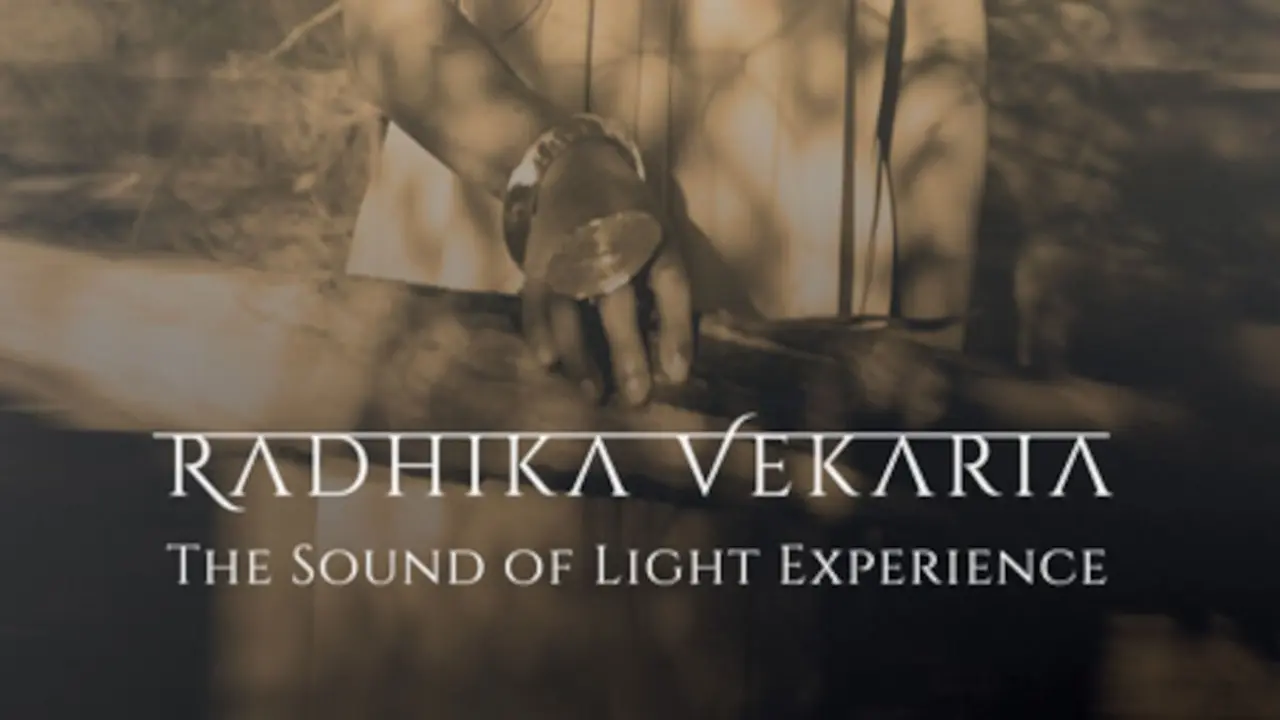Miró's tapestry arrives at CaixaForum Zaragoza after its restoration

CaixaForum Zaragoza hosts the tapestry that Joan Miró and the textile artist Josep Royo created for "la Caixa", after successfully completing the live restoration project of the work in April and May last year and after travelling to CaixaForum Madrid.
Entitled Miró's Star, the project shows the tapestry to visitors to the centre accompanied by panels that tell the story of the piece. With the restoration and subsequent exhibition of the tapestry at CaixaForum Barcelona last year, Miró's work has seen the light of day for the general public for the first time in 38 years.
With this exhibition project, visitors will be able to learn about the history of the Miró star that forms the institution's emblem and observe the effects of the restoration.

From Friday 26 May until 15 October, the public will be able to contemplate the piece in a glass display case installed on the mezzanine floor of CaixaForum Zaragoza, and special workshops are planned to explain the work, which has a documentary on the CaixaForum+ platform. The "la Caixa" Foundation launched its free online platform at the end of 2022, and in its catalogue specialising in cultural and scientific dissemination you can find series, podcasts, documentaries, films, digital art, outreach programmes, interviews, concerts and operas, and a long etcetera of formats around nine themes: visual and plastic arts, performing arts, music, literature, thought and history, cinema, architecture and design, life sciences and physical sciences.
In addition, workshops on Miró's sculpture "Personaje" will continue, and every Saturday at 18:00 there will be a guided tour of the tapestry for the general public. With a view to the summer camps and the start of the next academic year 2023-2024, CaixaForum Zaragoza will also host a series of dynamic visits to the sculpture for children aged 8 and over.
At the end of the 1970s, the then Caja de Pensiones para la Vejez y de Ahorros de Cataluña y Baleares took on the need to unify and improve the institution's image. It was then that the "la Caixa" brand was born and also when it was decided to commission the American agency Landor to renew the image. At the end of 1979 it was decided to use the work of an artist and Joan Miró (1893-1983) was chosen.
The corporate commission became the monumental work Tapestry, which was shown for the first time in November 1980 in the exhibition Joan Miró. Obra gráfica, at the Casa Macaya Cultural Centre in Barcelona. The tapestry's grand opening was the inauguration of the Science Museum (now the CosmoCaixa Science Museum) on 2 June 1981. It was exhibited at the entrance to the centre until 1984, when it was moved to the lobby of the new headquarters of the institution, on Avinguda Diagonal. There it has hung uninterruptedly for the last 38 years, where only the workers and visitors have been able to appreciate it all this time.

The "la Caixa" Foundation Tapestry is 5 metres long by 2 metres high and weighs 200 kilos, and its main materials are wool, cotton and hemp. It is one of the seven large tapestries that Miró made during the 1970s in one of his last expressive adventures, in collaboration with the textile craftsman Josep Royo.
Joan Miró, Josep Royo and the tapestry
The tapestry that Joan Miró and Josep Royo created for "la Caixa" in 1980 is a large-format work that forms part of Miró's period of maturity, during which he simplified his visual language and explored the technical and expressive exploration of matter, such as, in this case, fabric. Miró worked with the textile artist between 1969 and 1983, the year of the painter's death.
The tapestry has a markedly iconic character and is a formal refinement of the artist's unmistakable style. Empty spaces and figurative compositions in which the different elements associated with the cosmos, nature and man are positioned and relate to each other to plastically transcribe the values of existence. The colour black allowed him to construct forms and emphasise expressiveness through the contrasts offered by the pigments of the material: yellow, blue and red.
In addition to this work, the second floor foyer of CaixaForum Zaragoza also houses Personaje (1974). This is a sculpture made from a simple clothes peg which Miró enlarged to dramatic dimensions (almost four metres high) and gave it a human identity. The clothes peg supports a sphere, also black, in the centre of which is a red oval spot, representing a head and a face respectively. A second form completes the work, which could well symbolise a blue bird with a beak incarnated on the woman's head. In this way the pincer becomes the body and legs of a female figure whose sex is represented by the holes where the spring rests. Thus, "real objects, related and assembled in different ways, become unreal. The parts are familiar, but the whole has a new life, a new meaning when cast in bronze; they acquire a noble and timeless quality", in the artist's own words (Miró Sculpture, Pierre Matisse Gallery, New York, 1976). The sculpture, acquired in 1993 by "la Caixa", has been shown in various international exhibitions, such as The Shape of Colour: Joan Miró's Painted Sculpture, organised in 2003 by the Salvador Dalí Museum in Saint Petersburg (Florida) and the Corcoran Gallery of Art in Washington.

